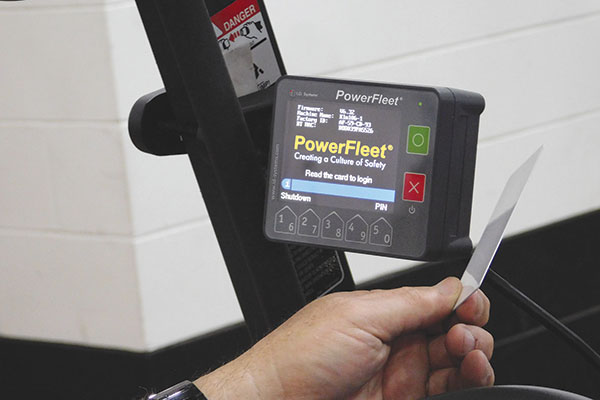The promise of telematics and fleet management tools is exciting, but it’s important to temper that enthusiasm with some pragmatism.
“Fleet managers sometimes want to boil the ocean and do everything at once,” says Mark Stanton, vice president and general manager of industrial truck management systems for ID Systems. “I would advise them to really concentrate on their top three or five objectives, instead of a dozen goals.”
First, establish primary business objectives and measure against them for the first year or two. Once they are under control, dedicate the next two years to the next two or three objectives. Also, be prepared for objectives to change as you uncover data.
“You can’t manage what you don’t measure, and that information can lead the fleet manager down a path he or she didn’t foresee as they uncover areas of the business and operations they never measured,” Stanton says.
Impacts, for example, have a monetary value, but Stanton says many can’t quantify it. Getting impacts and compliance under control could expose whether you have the right type of lift truck. The fleet mix may be incorrect, Stanton says, or you might find that old equipment is costing more than you thought, and it could be cheaper to bring in new equipment.
As organizations gradually improve fleet operations, it is critical to manage cultural change. No technology will change everything, Stanton says, without the operator, team leader, supervisor and even management on board.
“Whatever system is implemented, you need alignment across the organization to make the best use of the data,” he says. “There’s no right or wrong way. It depends on the fleet and the people, but align around business objectives, monetary benefit and a higher likelihood for operator success.”
Alignment can also prevent complacency or a lost focus on fleet improvement over time. Operators, supervisors and even executives can measure themselves and ensure continuous improvement by using established objectives and key performance indicators. Modern telematics tools streamline this process.
“Analysis paralysis happens when you bombard the operator, team leader or executive with 50 notifications a week or a massive spreadsheet. Those days are over,” Stanton says. “They want to see the data that’s relevant to their roles and drill into it easily.”
With such a system, it’s possible to tell at a glance on Monday whether the fleet is all green and ready to go. If it’s red, Stanton says, you can take meaningful action at that time instead of spending hours getting to the bottom of things. On a longer timeline, the same tools can ensure preparedness for seasonal peaks and changes in business.
“It’s hard to say exactly what a fleet will be doing in two years,” Stanton says, “but between now and then you can develop data to understand where you are and where you want to go and gather insights to help you achieve those goals.”
Article topics








